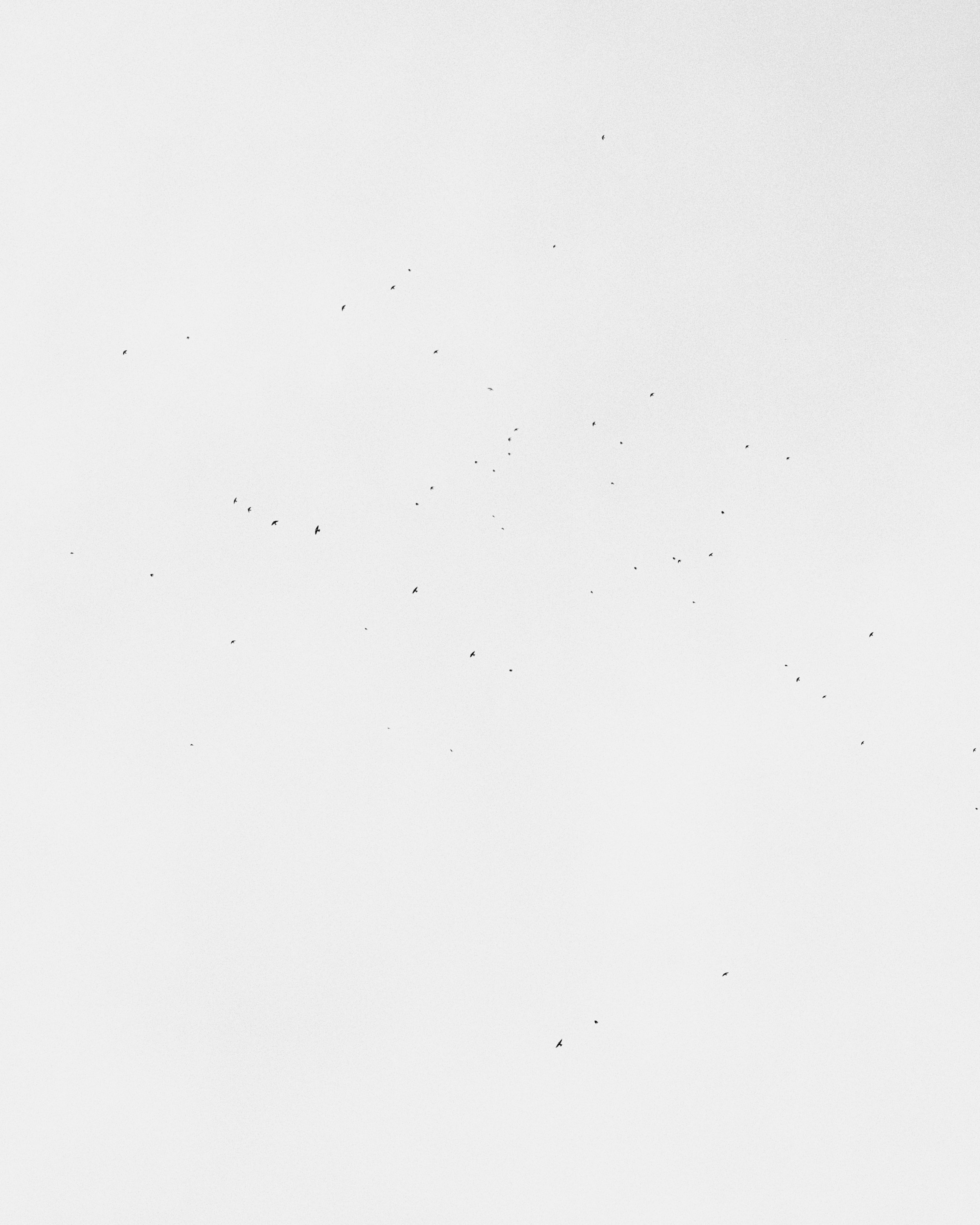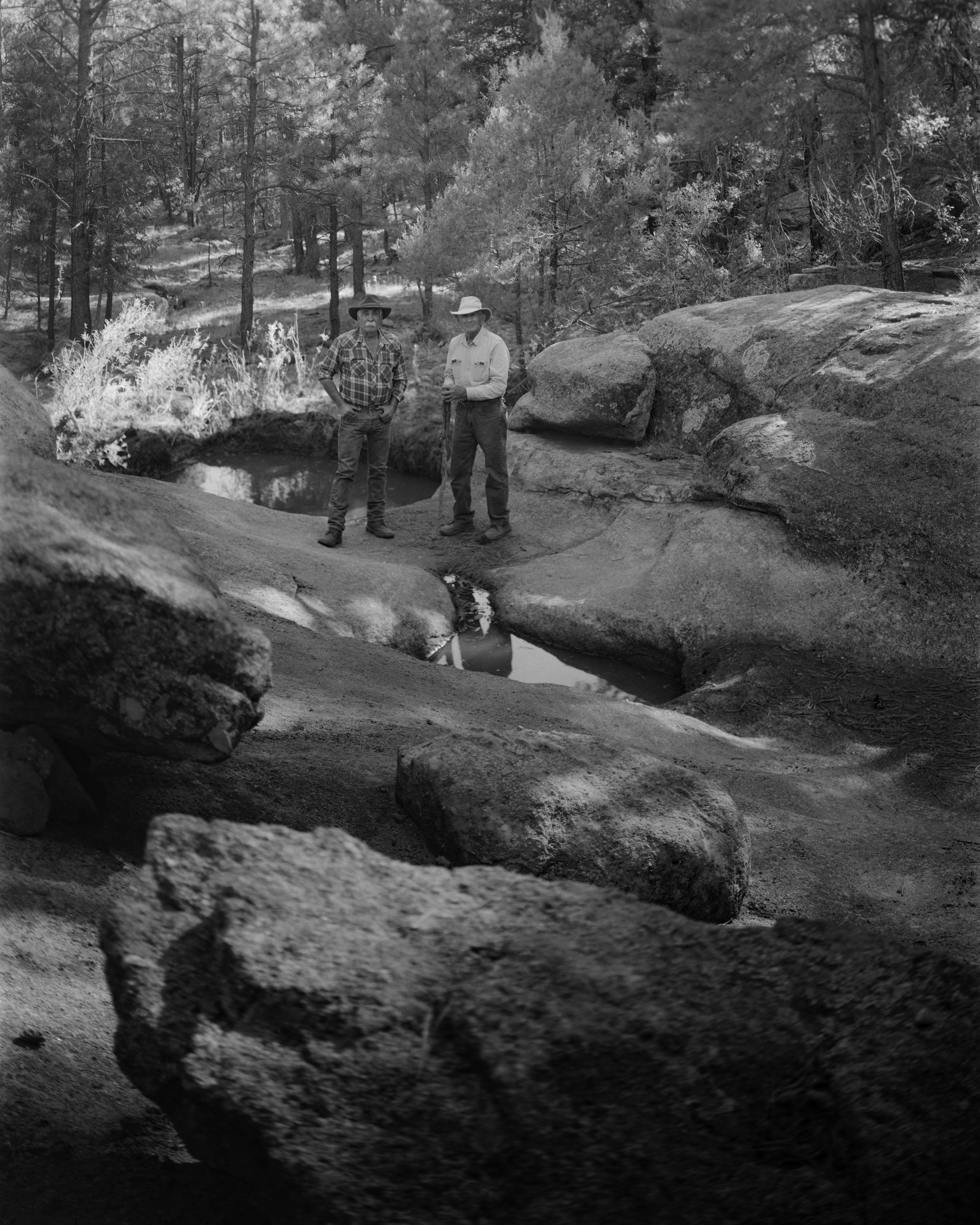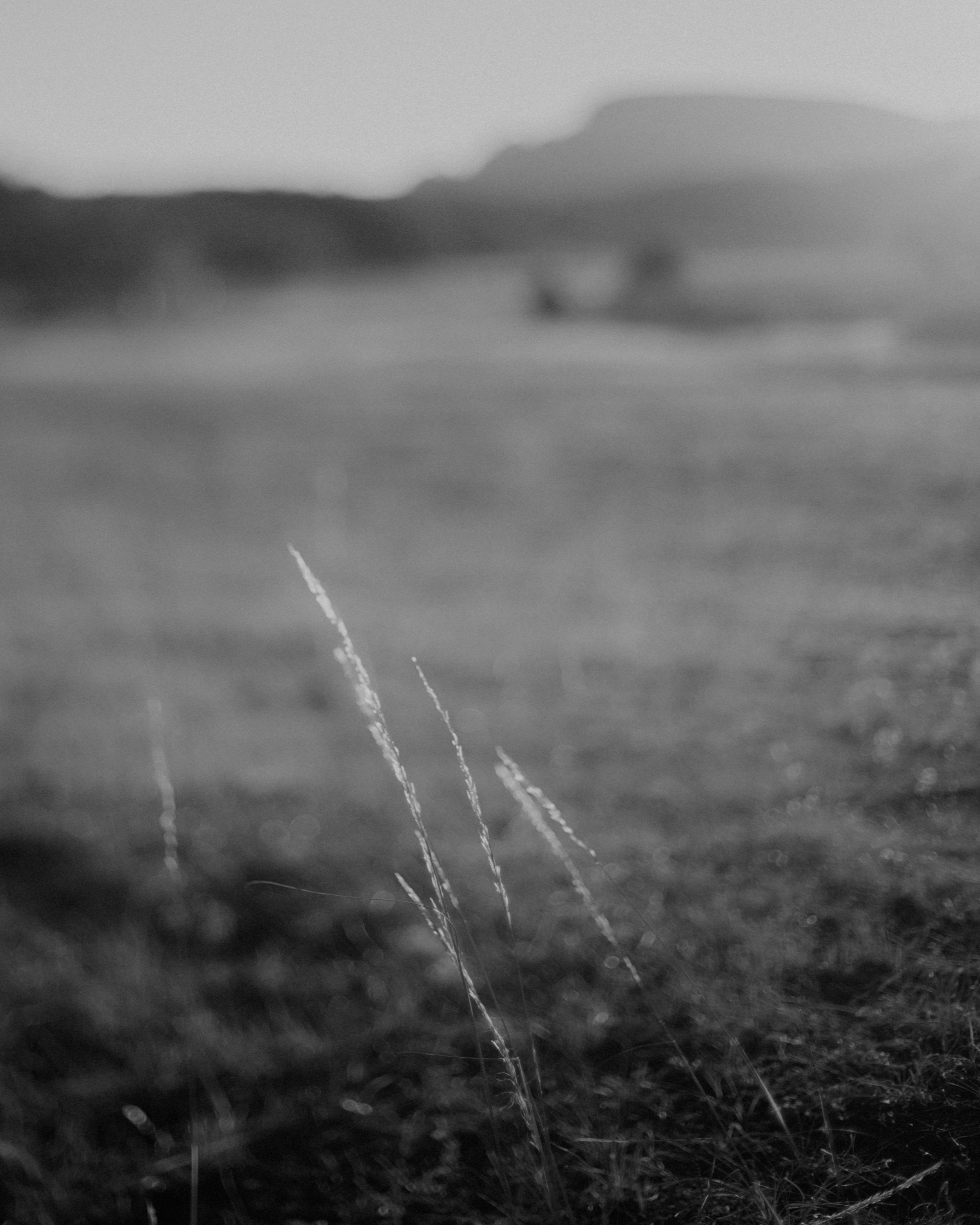Story 136: Austin Quintana
What is your backstory?
I was born in Rochester NY in 1998. I started making short videos with my friends when I was about nine or ten, but I never owned the camera we used. A few years went by and I began to develop an interest in photography and art, so when I turned fourteen I got my first camera— a Canon DSLR. Around the same time I discovered flickr and found older photographers that were doing a 365 project so I decided to start my own. I made a new photograph everyday for a year which was immensely helpful for learning photography and photoshop. My friends started to get into photography as well, so we spent a lot of our free time driving around and taking photos together.
In college I studied film production, but I wasn't finding much fulfillment in the film sets with big crews and working on other people's ideas. I took a different path than I thought I would, and fell into the more experimental/personal filmmaking and photography route. It ended up being the best decision for me and for my work, and thankfully the program I was in offered this flexibility. Towards the end of college is when I began thinking more about long term photographic projects and learning about other photographers working in this realm. This is when I started photographing my family more seriously and developing a body of work around it.
What camera gear/editing setup do you use?
Part of my interest in photography is camera collecting and experimenting. I enjoy seeing how old lenses render light. However, for my main current project 'Where the Valley Sings' the work is primarily made on a Chamonix 45N-2 or a Pentax 67 with Kodak Portra 160 and 400. There are some early photos in the project on 35mm and digital but I do my best to blend them in with the rest. I scan all the film at home and process them to black and white in photoshop.
How do you achieve the look of your photographs and could you take us through the process?
I'm always drawn to the way light is rendered and the general atmosphere of northern New Mexico where this work is made. It gives this sense of vastness and clarity that is the complete opposite of my day to day in New York City. That's one reason why I decided on black and white— it fits the work better and I wanted to emphasize that feeling. I generally try to wake up early and shoot until mid day, then pick it back up again in the evening. It can be difficult to shoot during the day with the harsh light and sometimes there will be days of driving around where nothing is looking right. My favorite time to make pictures is right before a storm. There is a lot of tension and thrill especially if I am really far away from home base. I typically have an idea of things I want to find, but I mostly take a stream of consciousness approach— try to meet people and listen to their stories.
Could you tell us the backstory of some of your photographs?
My current on-going project 'Where the Valley Sings' was started around 2018, but the earliest photo dates back to 2013. The project combines landscapes and portraits in a series of photographs that explores the lives of my relatives residing in the mountains of Northern New Mexico. The valley my family calls home is named Cañon de Cantor— which translates to the singer's canyon. It is here where my ancestors settled, raised their families, and tended to their crops. They were known for singing their prayers, and the valley would carry their songs. The children grew old, and generations passed into the next. I was not raised here, but my grandfather was nearby, and he tells me stories of his childhood— exploring the mountains alone, fishing, and dreaming of making this valley his home one day. Decades later, he and my grandmother were able to move onto this land, and now, in his mid 80's, he continues to plod away every day, working to preserve it. I am interested in the idea of the American dream, or the vestiges of it, and the broader conflict between humans and the natural world when we don't take care of it. The effects of drought and wildfires are ever-present and ravaging the vitality of this area. Starting in April of 2022, a forest fire burned over 340,000 acres of land, including some of my family's. With this body of work, I have strived to create a document of life in the mountains and a deeper personal connection with the land's current ecosystems adapting to changes and trying to survive.
The themes that make their way into the work have to do with my own fears. What will this land be like when I'm his age? Will it still even be in the family? There is a romantic sensibility in the work, while simultaneously a bleak view. I am enamored with this land, and my photographs reflect a deep appreciation for it, but there is also the feeling of needing to document it while I still can. In the words of Robert Adams, "Pictures tell us more accurately than any other documents we have exactly what we have destroyed." Conversely, I think they show us what we have sustained, and what to keep pursuing.
What advice do you have for aspiring photographers?
I think my biggest mantra to myself is to just show up. This idea extends to putting in the work towards the less fun parts of photography too, like scanning and staying organized. Everyone will have their own reason for making pictures but it's the tenacity and patience to keep showing up that allows the work to become realized. I think another really important thing to keep in mind is the lifestyle you have outside of the work and if that lifestyle gives you the freedom, time, money, resources, etc. to continue making photographs or not. It is really difficult and still a work in progress for myself but talking with people trying to do the same thing helps immensely and is definitely reassuring.







































